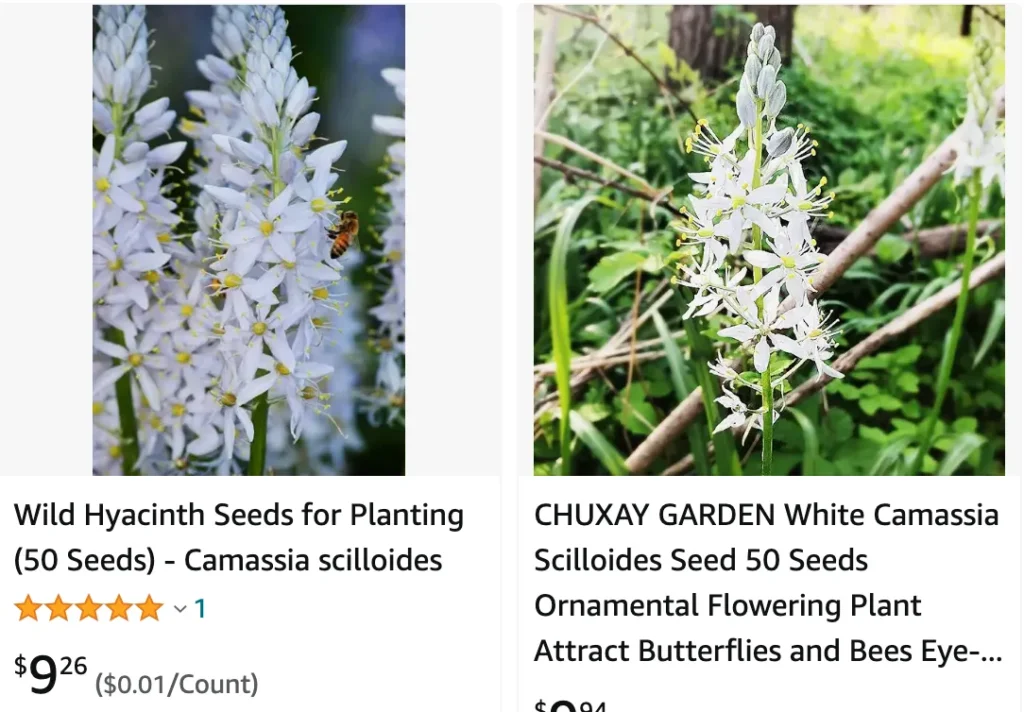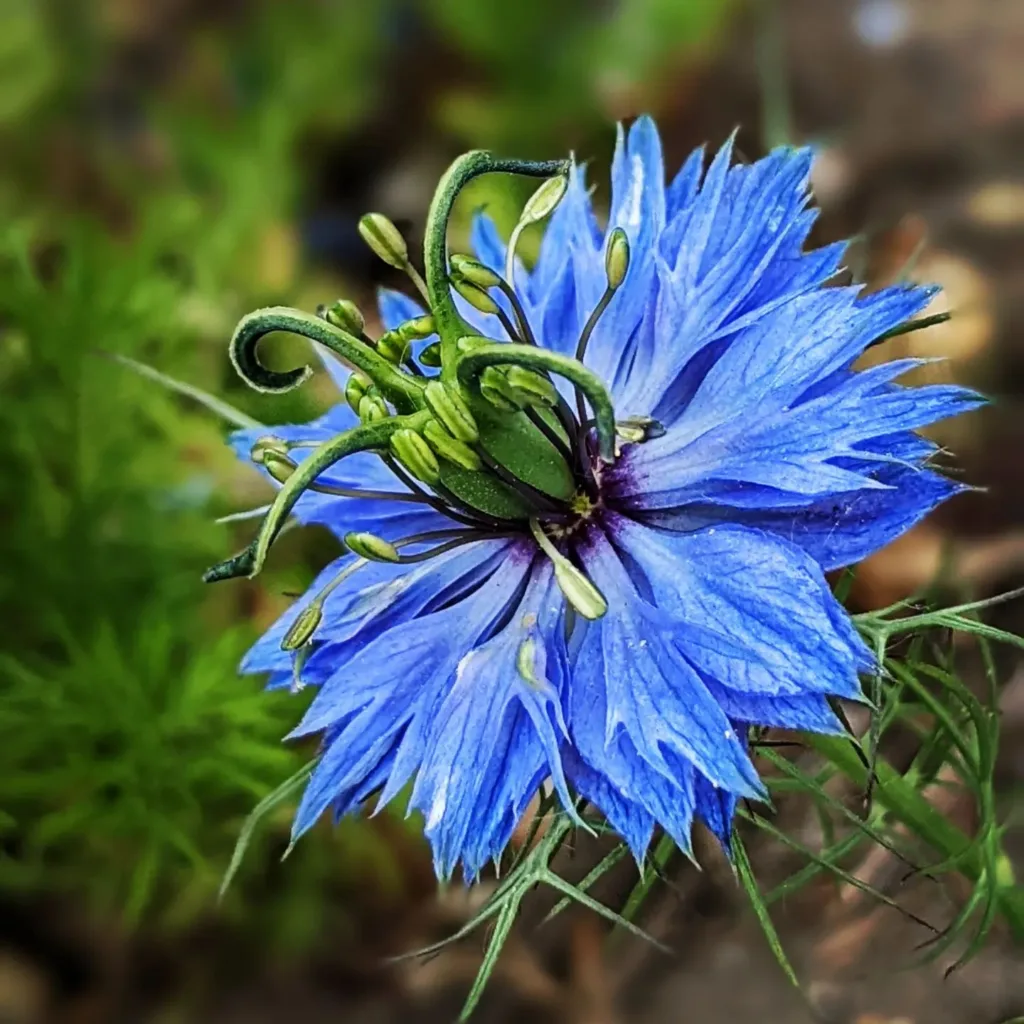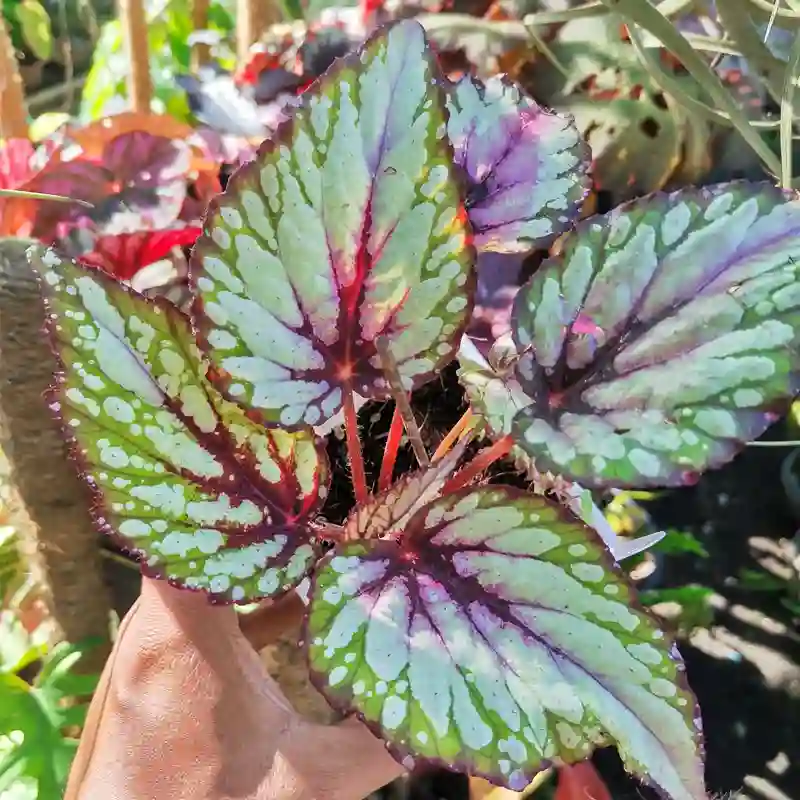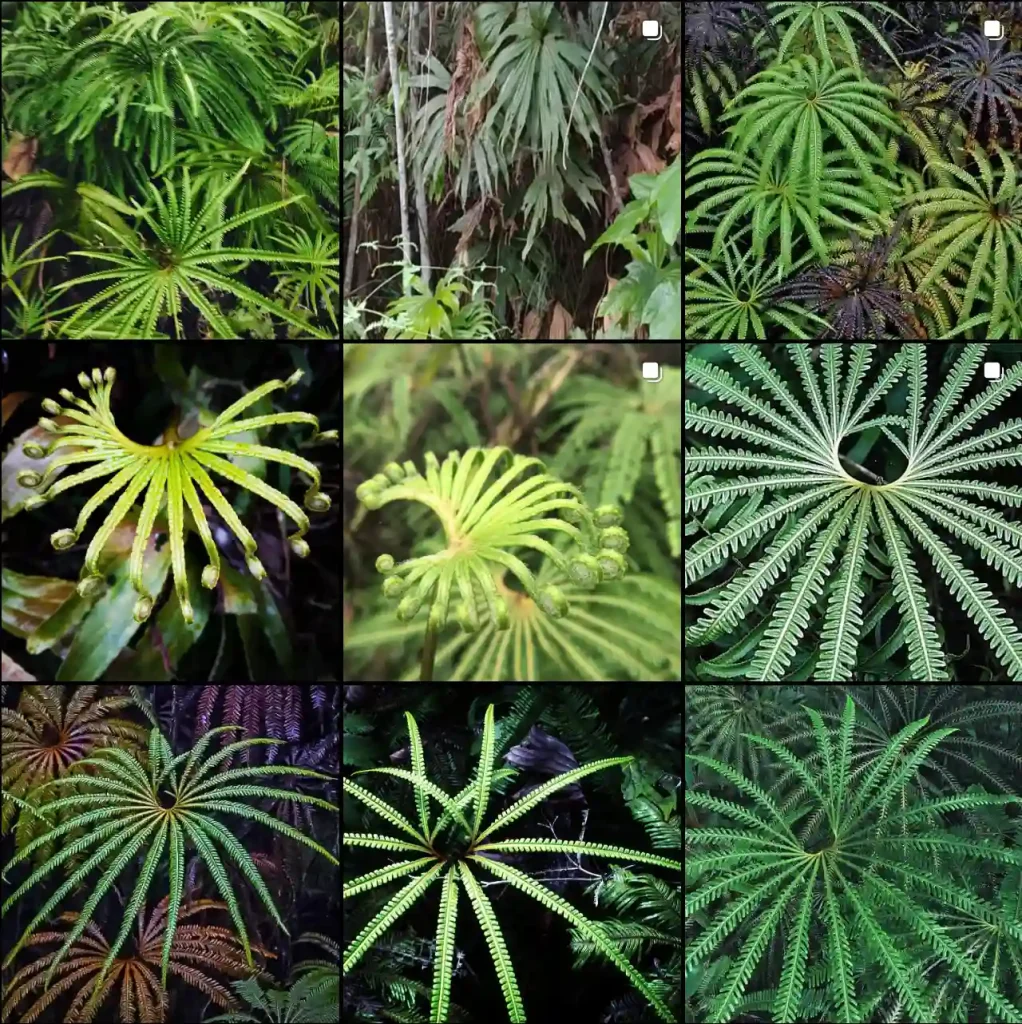
Camassia Scilloides: A Gardener’s Guide
Hi, Ferb Vu here. As a plant enthusiast, I’ve been captivated by the elegant beauty of Camassia scilloides, also known as Atlantic camas. This native North American wildflower brings a touch of starry-eyed charm to any garden. But its appeal goes beyond aesthetics. Let’s delve into the world of Camassia scilloides, answering some common questions and exploring its unique charm.
6 Species in Genus Camassia
What is Camassia Scilloides?
Camassia scilloides is a perennial flowering bulb native to the eastern woodlands of North America. It boasts tall, slender stalks adorned with clusters of star-shaped, deep blue flowers. These blooms typically appear in late spring to early summer, adding a burst of color to borders and meadows.
Key characteristics:
- Flower color: Deep blue (though rare white cultivars exist)
- Bloom time: Late spring to early summer
- Height: 2-4 feet
- Spread: 1-2 feet
- Light preference: Full sun to partial shade
- Soil preference: Moist, well-drained
Camassia Scilloides vs. Camassia Quamash
Both Camassia scilloides and Camassia quamash (commonly called Great Plains camas) belong to the same genus. However, they have some distinct features:
- Habitat: Camassia scilloides prefers moist woodlands, while Camassia quamash thrives in drier prairies.
- Flower color: Camassia scilloides boasts a deeper, richer blue, while Camassia quamash flowers tend towards a lighter violet hue.
- Bloom time: Camassia quamash blooms slightly earlier, in late spring.
Choosing between them depends on your garden’s specific conditions and desired aesthetic.
Is Camassia Scilloides Easy to Grow?
Absolutely! Camassia scilloides is a low-maintenance plant that rewards gardeners with minimal effort. Here’s what you need to know:
- Planting: Plant bulbs in fall, about 3-4 inches deep and 6-8 inches apart.
- Watering: Water regularly during the first growing season, especially during dry spells. Once established, they are quite drought tolerant.
- Soil: Camassia scilloides prefers moist, well-drained soil rich in organic matter. Amending your soil with compost can be beneficial.
- Fertilizer: Light feeding with a balanced fertilizer in early spring can encourage blooming.
Pro tip: Allow the foliage to die back naturally after flowering. This allows the plant to store energy for the next season’s blooms.
Is Camassia Scilloides a Good Companion Plant?
Camassia scilloides pairs beautifully with a variety of plants, creating stunning garden combinations:
- Grasses: Ornamental grasses like Calamagrostis or Panicum provide a textural contrast to the upright flower stalks.
- Perennials: Columbines, daylilies, and yarrows extend the bloom season and add pops of color.
- Early spring bulbs: Daffodils and tulips create a layered effect with their earlier blooms.
Ecological benefit: Camassia scilloides attracts butterflies, bees, and hummingbirds, making it a valuable addition to a pollinator-friendly garden.
Is Camassia Scilloides Native to My Area?
Camassia scilloides is native to the eastern woodlands of North America, ranging from Ontario to Florida and west to Texas. If you’re unsure about its native status in your specific location, consult your local native plant society or a reputable nursery. Planting native plants supports local ecosystems and provides food sources for native pollinators.
Where Can I Find Camassia Scilloides Bulbs?
Camassia scilloides bulbs can be readily found at online retailers specializing in native plants or well-stocked nurseries. Look for healthy, firm bulbs and plant them as soon as possible.
Propagation: Growing from Seed vs. Division
While Camassia scilloides can be propagated from seed, it’s a slow process. Seeds can take several years to reach maturity and bloom.
Division offers a quicker approach. It involves carefully dividing established clumps of bulbs after flowering when the foliage has died back. This allows you to multiply your existing plants and create new ones for your garden or share with friends.
Here’s how to divide Camassia scilloides:
- Dig: Carefully dig up the entire clump using a garden fork.
- Separate: Gently separate the bulbs, ensuring each division has healthy roots and at least one bud.
- Replant: Replant the divisions immediately at the recommended depth and spacing. Water them well to encourage root development.
Troubleshooting Common Camassia Scilloides Issues
Floppy Foliage: This can be a sign of overwatering. Ensure the soil is well-draining and adjust your watering frequency accordingly.
Poor Flowering: Lack of sunlight or insufficient nutrients can hinder flowering. Make sure your plant receives adequate sunlight and consider a light feeding in early spring.
Bulb Rot: This usually occurs due to excessive moisture in poorly drained soil. Amend the soil with organic matter to improve drainage and avoid overwatering.
Pests and Diseases: Camassia scilloides is generally pest and disease resistant. However, keep an eye out for common garden pests like slugs and snails, which can damage the foliage.
Taking Your Camassia Scilloides to the Next Level
Naturalizing: Camassia scilloides thrives in meadows and woodland settings. If you have a suitable space, consider planting them in drifts for a naturalized effect.
Container Growing: While not ideal, Camassia scilloides can be grown in containers with proper drainage. Choose a large pot filled with a well-draining potting mix. Water regularly during the growing season and reduce watering in fall and winter.
Winter Protection: Though cold hardy, young plants or those in colder climates may benefit from a light layer of mulch around the base in late fall to protect the bulbs from harsh winter temperatures.
By following these simple tips, you can enjoy the captivating beauty of Camassia scilloides in your own garden. With its low-maintenance nature and ecological value, this native wildflower is a true gem for any gardener.
If i die, water my plants!



